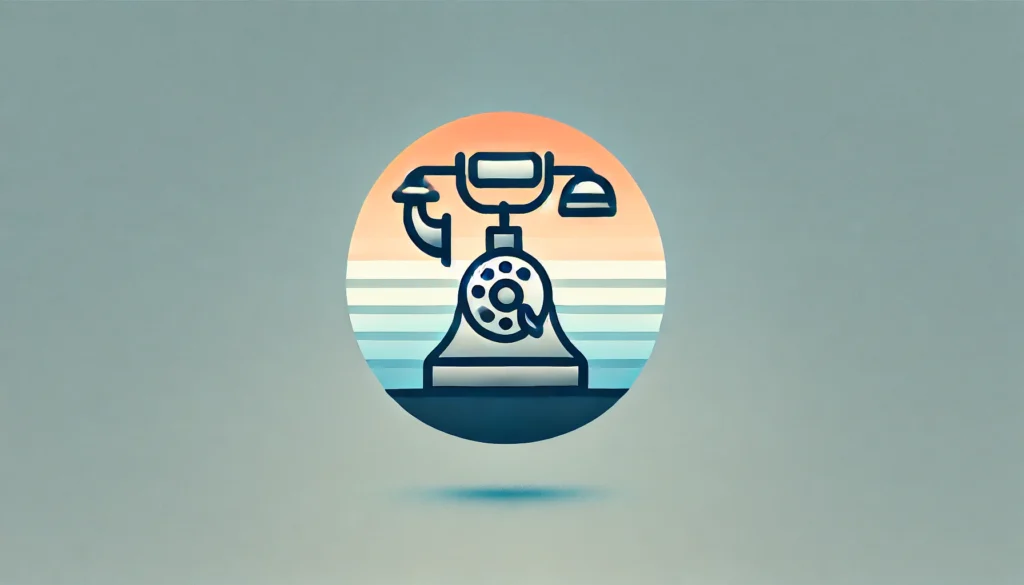In a fast-paced, digital world, it’s easy to forget the humble origins of communication technology. The 1930s marked a pivotal era in the development of the 1930s Outdoor Phone, a time when innovation was driven by necessity and practicality. Let’s take a journey back to this fascinating decade to explore how the 1930s Outdoor Phone emerged, its design and functionality, and its significance in daily life during that period.
The Birth of the Outdoor Phone
The outdoor phone was birthed from a need for effective communication in rural areas. Commonly known as party lines, these phones allowed multiple households to share a single line while introducing a vital social aspect to communication.
What Were Party Lines?
Party lines were a popular feature of telephone systems in the 1930s, especially in less populated areas. Here’s what made them noteworthy:
- Shared Connections: Multiple households could connect through one phone line, making the telephone a communal resource.
- Economical Solution: For many families, purchasing a private line was financially impractical, thus party lines provided a cost-effective alternative.
- Social Hub: Conversations could easily drift toward gossip and community news, as users often listened in on each other’s calls. This aspect made party lines a unique blend of utility and social interaction.
“Party lines turned the telephone into an important tool not just for communication, but for community building.”
The Design and Technology of 1930s Outdoor Phones
Features You Might Not Expect
The outdoor phones of the 1930s had distinct design elements crafted to withstand the elements and serve diverse rural environments. These phones were built durable and functional, featuring:
- Weatherproof Designs: Many outdoor phones were encased in weatherproof boxes to protect them from rain, snow, and harsh sunlight.
- Hand Crank Mechanisms: Instead of a keypad, most outdoor phones operated with a hand crank that generated a ringing signal to the operator.
- Simple Aesthetics: The designs were often utilitarian, focusing on function over form. They featured minimalistic styles, usually painted in neutral colors to blend into rural landscapes.
How They Worked
The operation of outdoor phones was quite straightforward:
- Cranking the Handle: Users would crank a handle to signal the local operator.
- Breaching the Network: The operator would connect calls manually, sharing the line with others.
- Listening In: All calls on a party line were accessible to all users, so etiquette dictated how often one could interrupt or engage.
The Role of Outdoor Phones in Society
Connecting Communities
Back in the 1930s, outdoor phones played a critical role in communication, particularly for isolated communities.
- Emergencies: They provided a lifeline during emergencies, offering immediate communication to medical services or local authorities.
- Social Connections: The phones helped maintain relationships among families and friends who lived miles apart, breaking isolation.
- Business Communications: Local businesses relied on these outdoor phones for transactions, orders, and customer inquiries, fostering economic evolution during the Great Depression.
A Reflection of Societal Change
As the decade progressed, outdoor phones mirrored broader technological advancements and shifts in society.
- Financial Constraints: The Great Depression limited many families’ ability to access newer technology, making the outdoor phone a key component in daily life.
- Cultural Exchange: The ability to communicate across distances fostered a sense of belonging and community, despite geographical boundaries.
Legacy of the Outdoor Phone
An Enduring Influence
The outdoor phone paved the way for later technological innovations in communication. With the advent of private lines and more sophisticated technologies, the outdoor phone eventually fell out of favor. However, its legacy lived on in various forms:
- Development of Mobile Technology: Outdoor phones were foundational in understanding the need for mobility and connectivity, leading to the evolution of mobile telephones.
- Early Telephone Services: They set the stage for the modern telephone service we experience today, laying groundwork for advances in both technology and infrastructure.
Reflecting on Change
Today, we often take for granted the convenience of instant communication. Reflecting on the 1930s outdoor phone reminds us of the ingenuity of past innovations that shaped our current world.
“The outdoor phone exemplifies how technology can evolve from a necessity into an everyday convenience.”
Conclusion
The outdoor phone of the 1930s was far more than just a tool for making calls; it was a catalyst for community interaction, a necessity for emergency situations, and a reflection of the social and economic climate of its time. Looking back, we can appreciate how these devices laid the groundwork for the seamless communication we enjoy today.
As we continue to advance technologically, let’s take a moment to remember the humble origins of our devices. What innovations might we see in the future that will reshape our communication once again?
